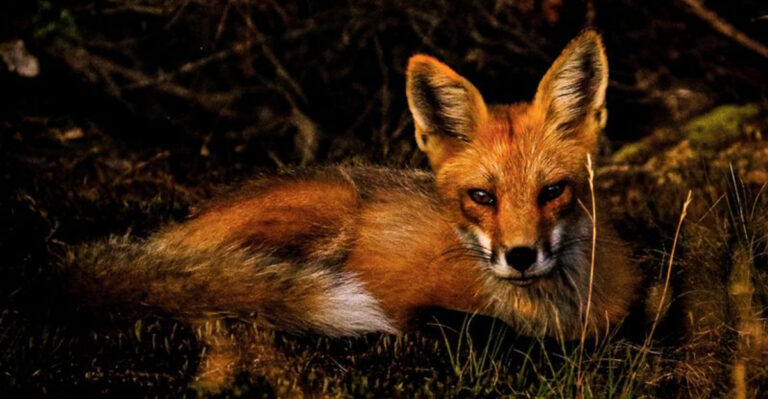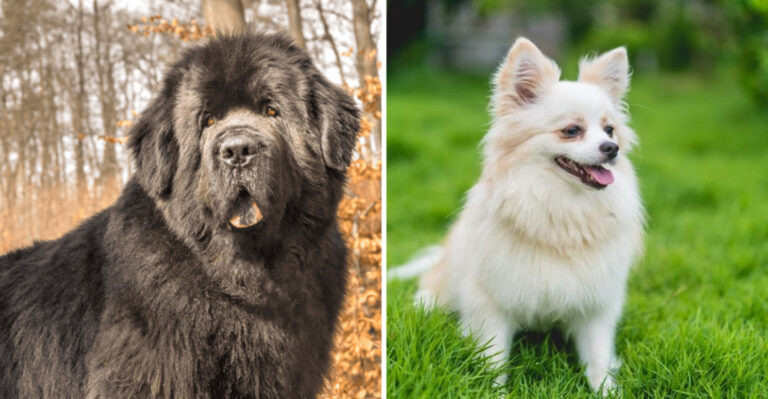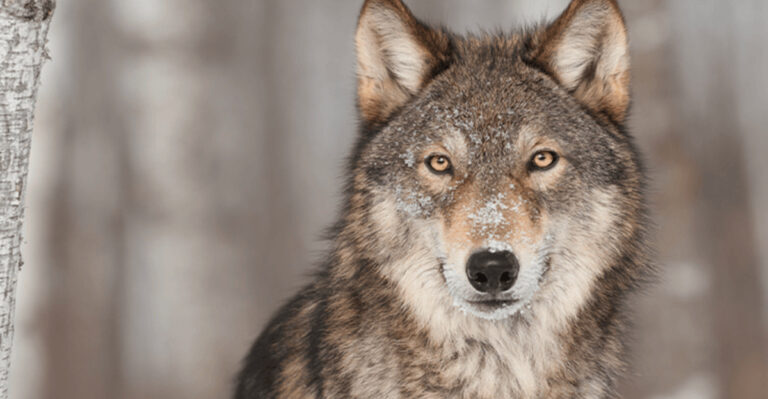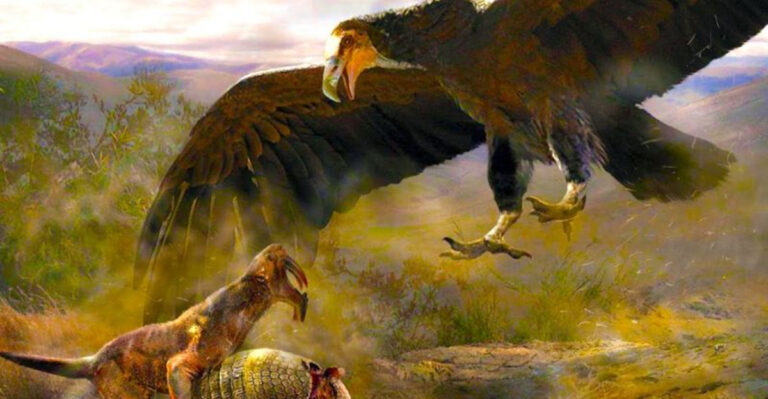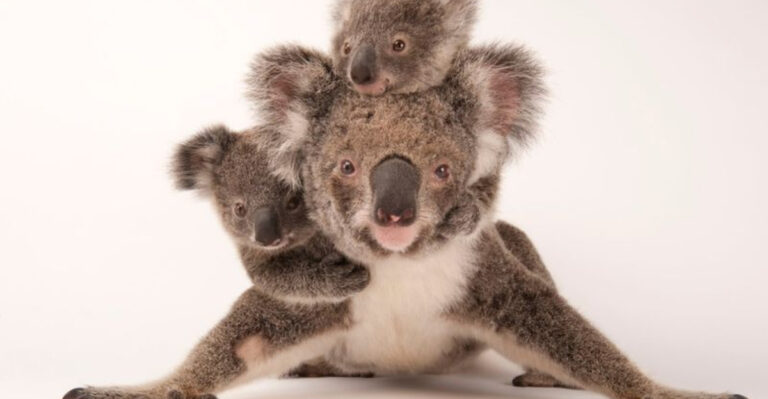15 Incredible Facts About Dire Wolves Made Famous By Game Of Thrones
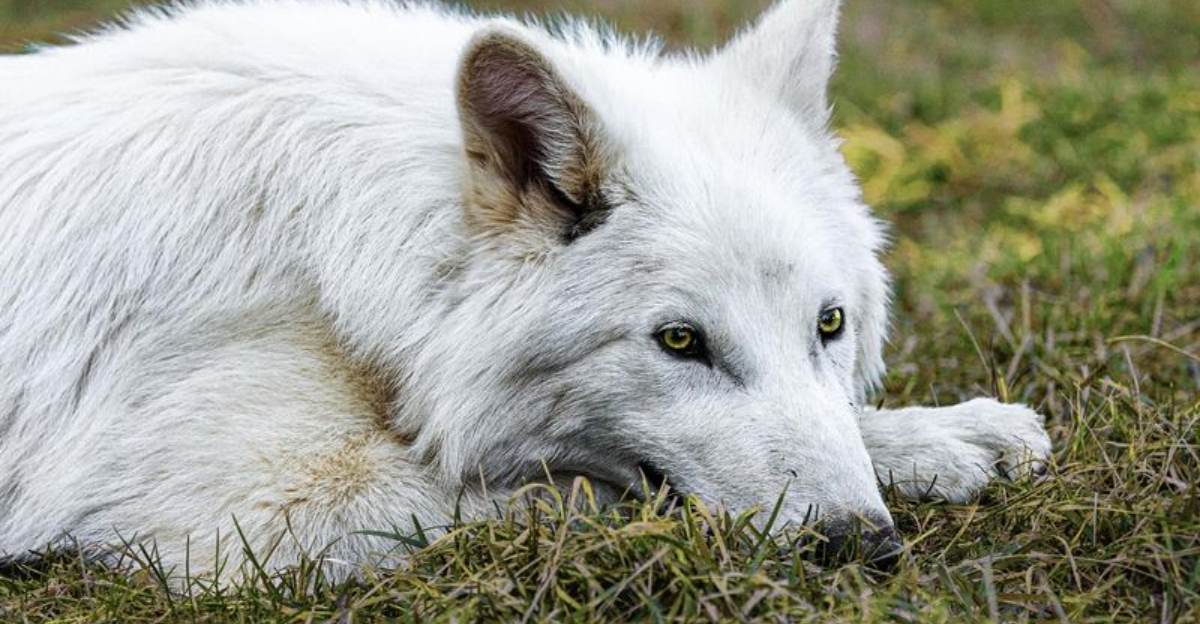
Long before they prowled through the fictional lands of Westeros, dire wolves actually roamed the real Earth thousands of years ago.
These massive prehistoric predators captured our imagination when Game of Thrones featured them as the loyal companions of House Stark. While the show took creative liberties, the true story of these ancient beasts is equally fascinating.
1. Not Just Fantasy Creatures
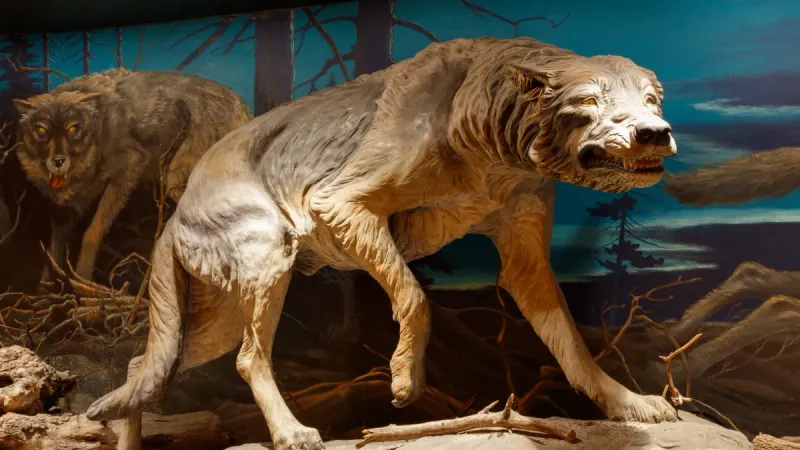
Contrary to what some Game of Thrones fans believe, dire wolves weren’t invented for the show. They were very real predators that stalked North America during the Late Pleistocene epoch, roughly 125,000 to 9,500 years ago.
Their scientific name, Canis dirus, literally means “fearsome dog” – a fitting description for these formidable hunters.
2. Bigger Than Modern Wolves
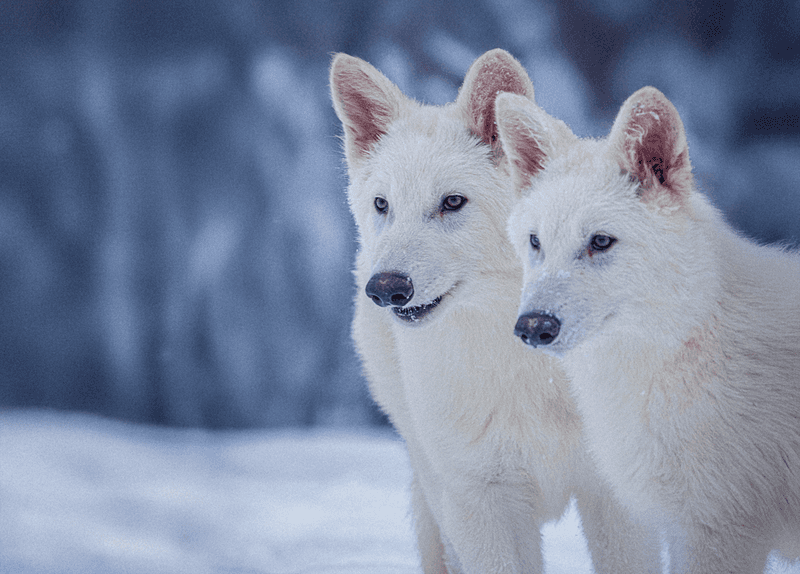
Size matters when you’re talking apex predators! Dire wolves were significantly bulkier than today’s gray wolves, weighing up to 150 pounds compared to the 100-pound maximum of modern wolves.
Though similar in height, dire wolves packed on about 25% more mass with heavier bones and broader chests, making them formidable hunters.
3. Bone-Crushing Bite Force
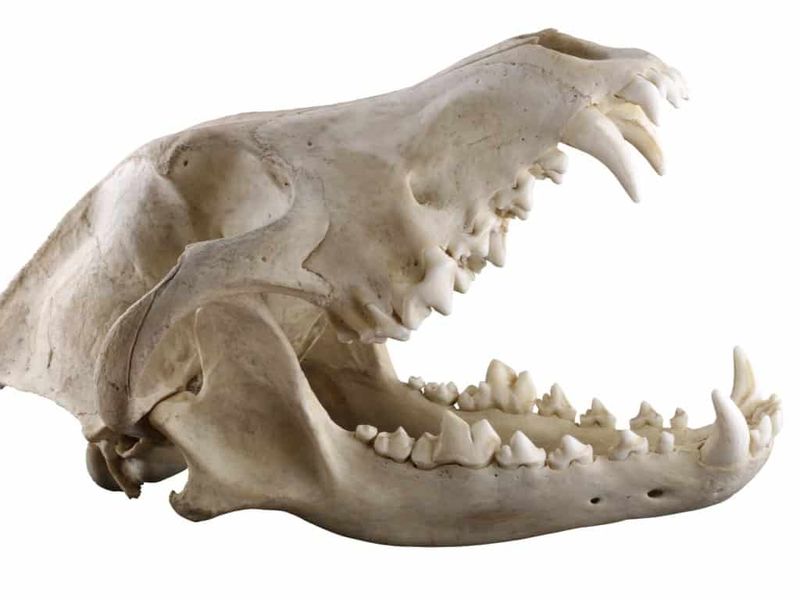
Talk about jaw-dropping power! Dire wolves possessed specialized teeth and jaw muscles that delivered an estimated bite force of 1,500 pounds per square inch – enough to easily crush large bones.
Modern wolves manage about 400 psi. This crushing capability allowed dire wolves to access nutritious bone marrow other predators couldn’t reach, giving them a survival edge during tough times.
4. La Brea Tar Pits Treasure Trove
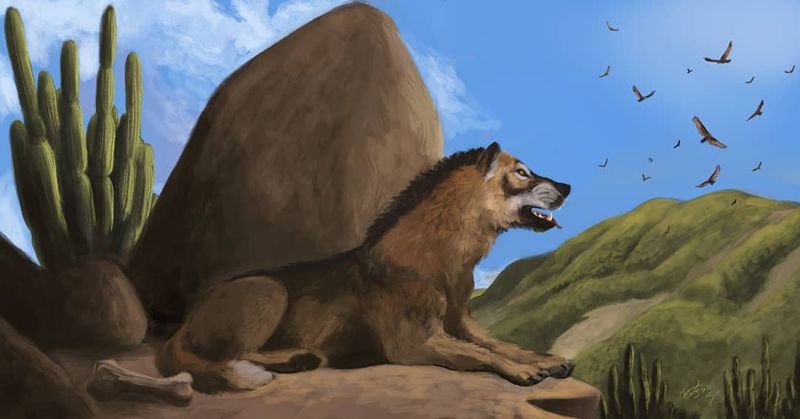
The La Brea Tar Pits in Los Angeles hold the remains of over 4,000 dire wolves – more than any other predator species found there! These natural asphalt seeps preserved countless animals that became trapped while hunting.
Scientists theorize the wolves were lured in by struggling prey already caught in the sticky tar, creating a predator-prey death trap that’s now a paleontological gold mine.
5. Pack Hunters Par Excellence
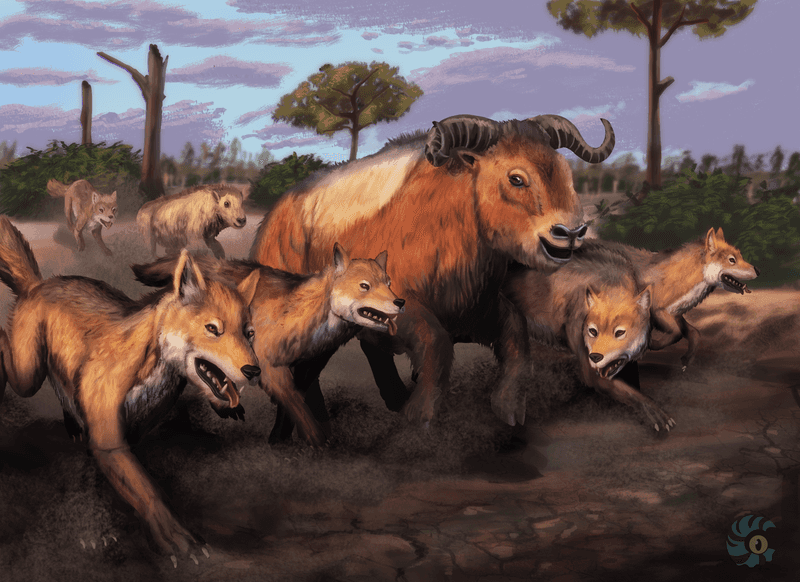
Hunting in coordinated groups made dire wolves the ultimate team players! Fossil evidence shows they targeted large Ice Age mammals like bison, horses, and even young mammoths.
Their pack hunting skills resembled modern wolves but with more muscle behind each attack. This social structure likely inspired George R.R. Martin’s portrayal of the Stark direwolves working together to protect their human companions.
6. Not Actually Wolf Relatives
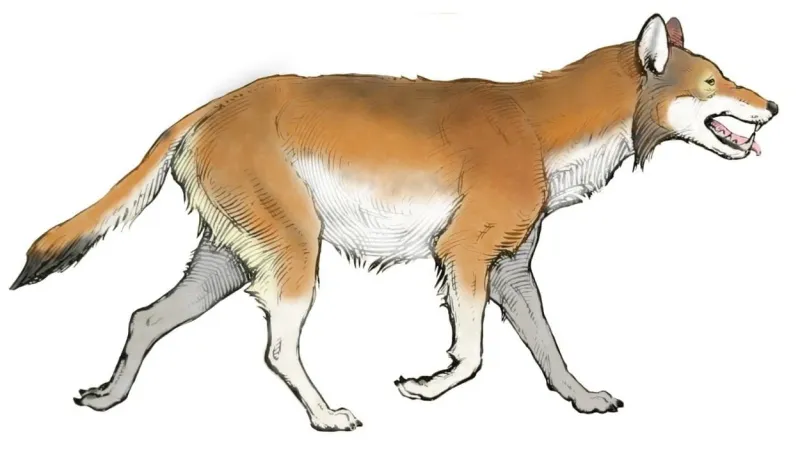
Shocking DNA revelation! Recent genetic studies from 2021 showed dire wolves weren’t true wolves at all. They belonged to a completely different lineage that split from gray wolves about 5.7 million years ago.
Scientists now classify them in their own genus, Aenocyon. This genetic discovery proves dire wolves evolved separately in the Americas, unlike what Game of Thrones portrayed.
7. Climate Change Victims
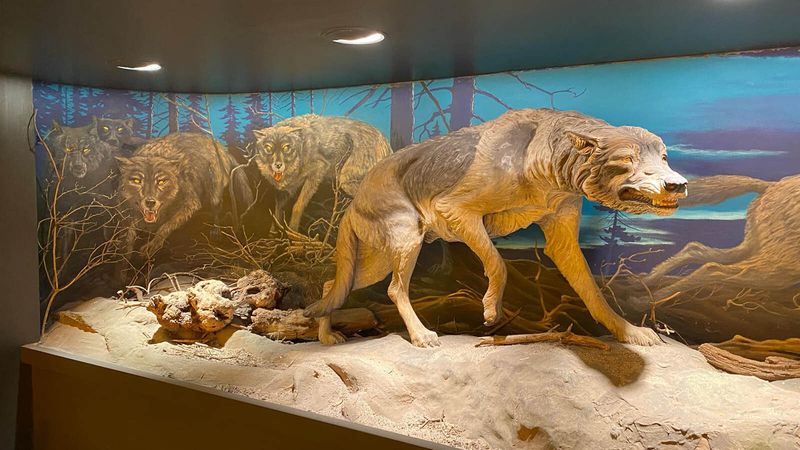
Global warming ended their reign! Dire wolves vanished about 13,000 years ago during a major climate shift at the end of the Ice Age. As temperatures rose, their large prey animals disappeared, and smaller, more adaptable gray wolves gained the advantage.
Unlike other canids that migrated or evolved, dire wolves couldn’t adapt quickly enough to changing conditions – a sobering parallel to modern climate concerns.
8. Short Legs, Big Problems
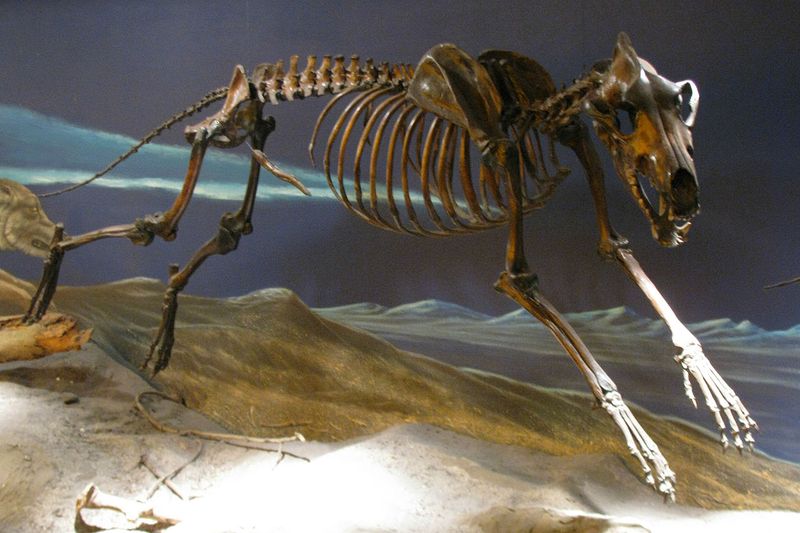
Built like furry tanks, dire wolves had proportionally shorter legs than gray wolves – great for power but terrible for chasing prey across long distances. Their stocky build suggests an ambush hunting style rather than the endurance pursuits seen in modern wolves.
This body structure resembles modern hyenas more than wolves, supporting theories they filled a similar ecological niche.
9. Smaller Brains Than Modern Wolves
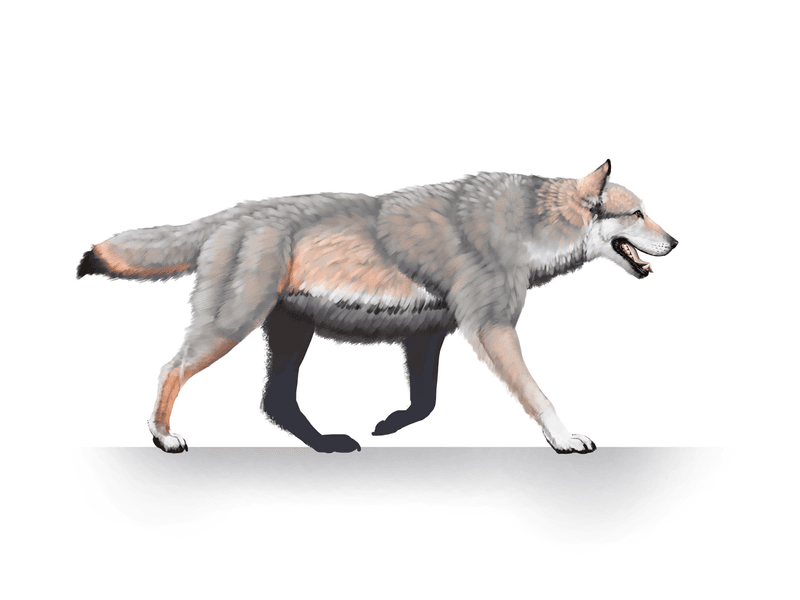
Brawn over brains characterized these prehistoric predators! Despite their larger bodies, dire wolves had proportionally smaller brains than modern wolves – roughly 20% less brain volume relative to body size.
This suggests they relied more on physical strength and pack coordination than problem-solving skills. Game of Thrones’ portrayal of highly intelligent direwolves likely took creative license with this biological reality.
10. No Northern Origins
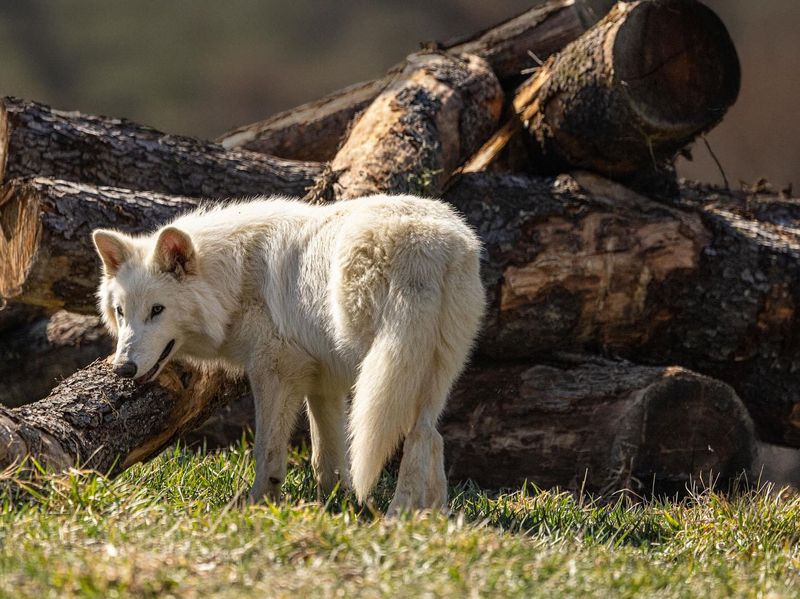
Winter wasn’t coming for real dire wolves! Unlike their fictional Game of Thrones counterparts who symbolized the North, actual dire wolves thrived in warmer southern regions of North America, from Southern United States through Mexico and into South America.
Fossil evidence shows they were less adapted to extreme cold than gray wolves. The show’s northern dire wolves were a creative invention rather than biological fact.
11. Different Coat Colors
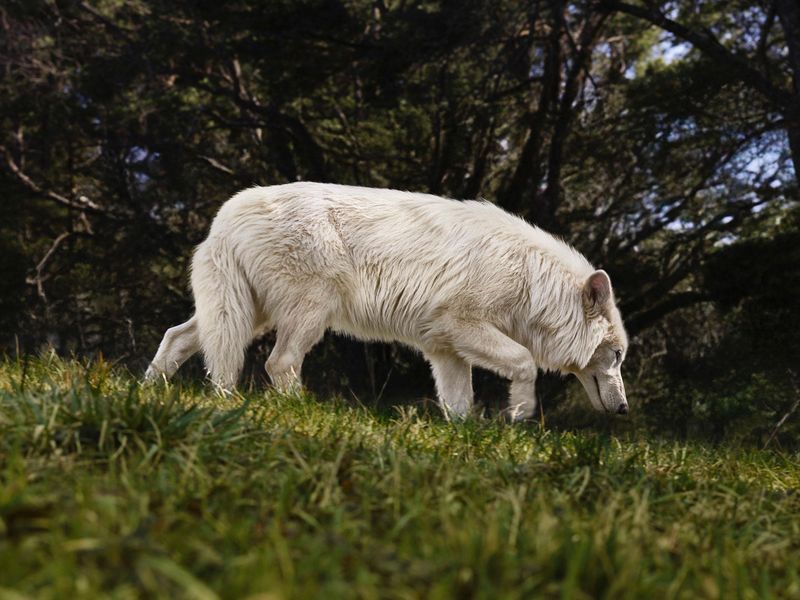
Forget the distinctive colors of the Stark direwolves! Real dire wolves likely had uniform grayish-brown coats similar to modern coyotes. The genetic mutations for black, white, or varied coat patterns seen in domestic dogs hadn’t yet evolved in their lineage.
The unique coloring of each Stark direwolf in Game of Thrones was a fictional element that helped viewers distinguish between them.
12. Never Domesticated
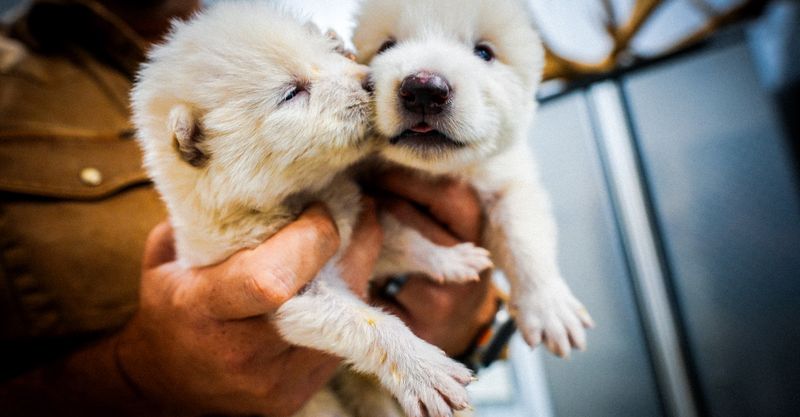
No one had dire wolves as pets – ever! Unlike gray wolves, which were domesticated into dogs around 15,000 years ago, dire wolves never underwent this transition. Their genetic isolation from the wolf-dog lineage made domestication impossible.
The loyal relationships between Stark children and their direwolves in Game of Thrones would have been biologically implausible with real dire wolves.
13. Specialized American Predators
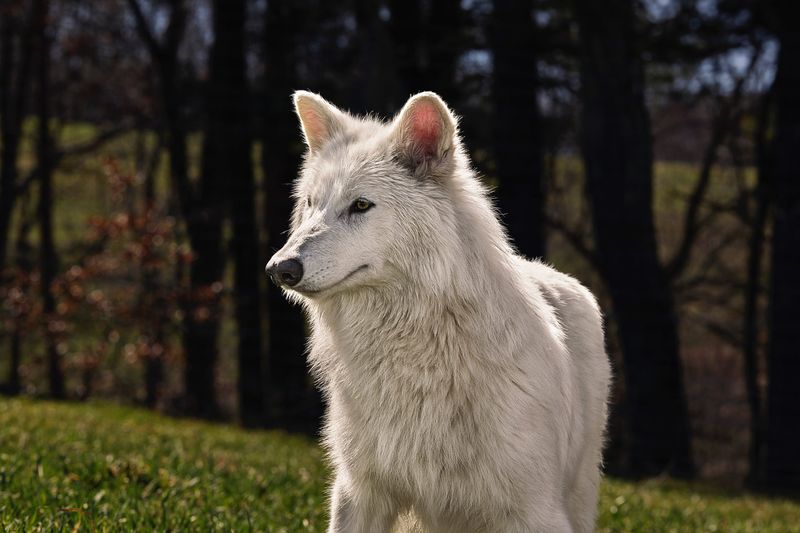
America’s homegrown hunters! While gray wolves crossed the Bering land bridge from Asia, dire wolves evolved entirely in the Americas. They developed specifically to hunt the unique megafauna of North and South America, like giant ground sloths and ancient horses.
This specialization ultimately contributed to their downfall when their prey disappeared. Unlike the Westeros direwolves, they never set paw in Europe or Asia.
14. No Special Connection To Children
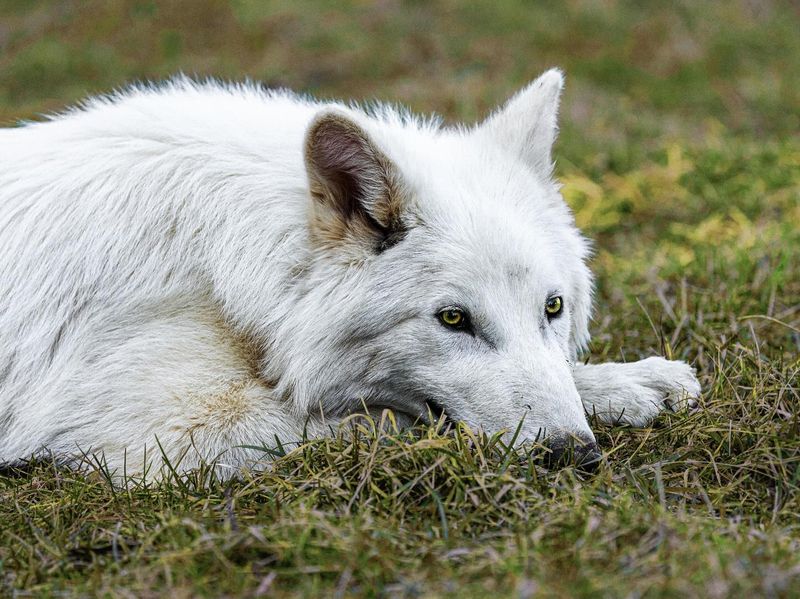
The heartwarming bonds between Stark children and direwolf pups? Pure fantasy. Real dire wolves would have viewed human children as potential prey rather than companions to protect.
Their predatory instincts were finely tuned for hunting, not nurturing. This stark difference (pun intended) highlights how the show transformed these prehistoric predators into symbolic protectors for dramatic storytelling.
15. Dire Wolf Descendants?
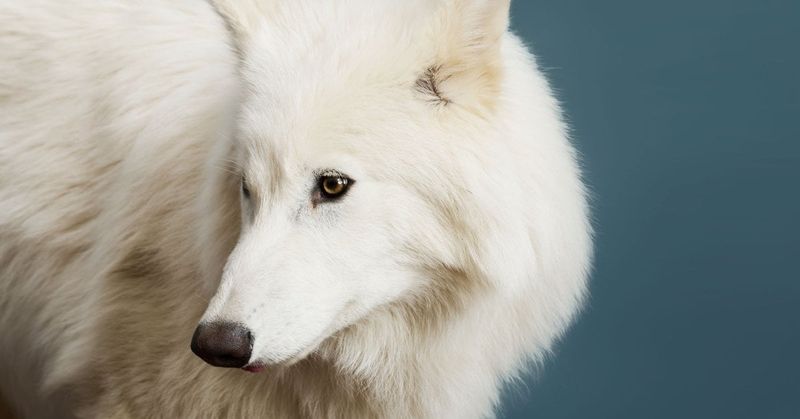
Despite online claims, no modern dogs are dire wolf descendants! Those “dire wolf hybrid” puppies advertised online have zero dire wolf DNA – it’s impossible since dire wolves went extinct 10,000 years ago and never interbred with wolves.
Large dog breeds like the American Alsatian were bred to physically resemble what people imagine dire wolves looked like, based purely on appearance rather than genetics.

